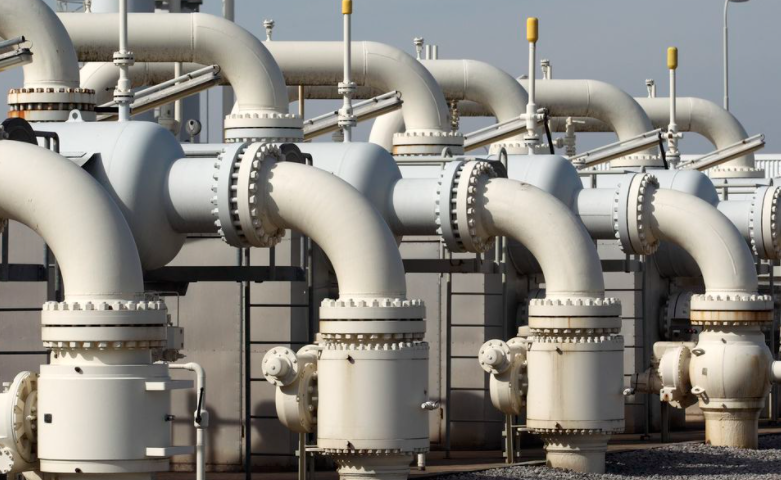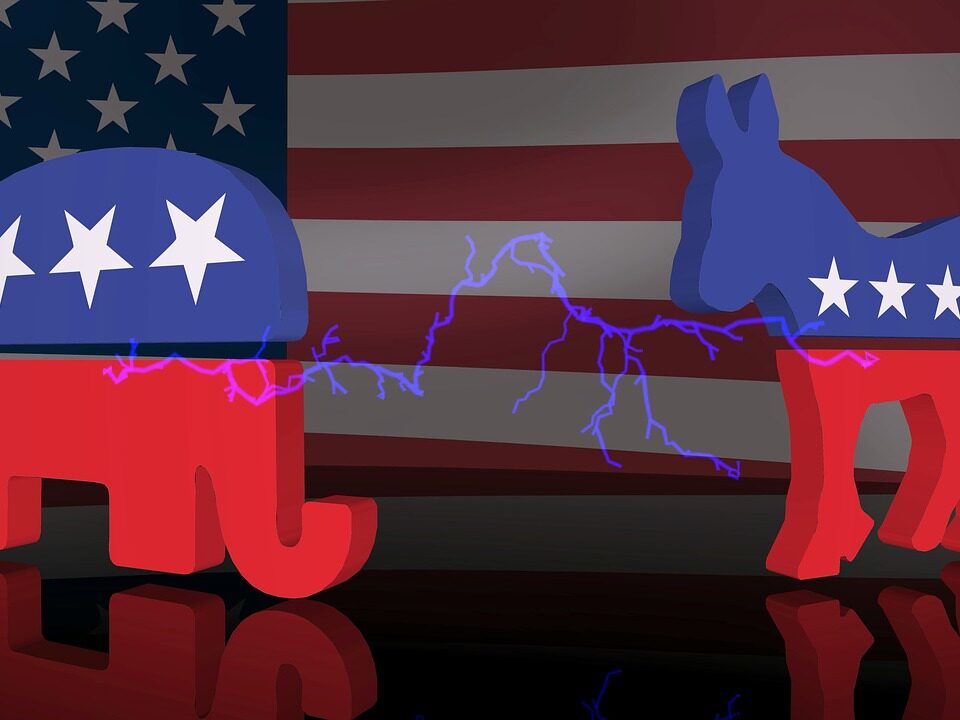
Why Bugatti Gas Mileage Matters
February 23, 2022
Our Mind Boggling Energy Use Totals
February 25, 2022Up by 25% between December 2020 and December 2021, soaring electricity and gas bills reflect Europe’s energy crisis.
But there is more.
Six Facts: Explaining Europe’s Energy Crisis
1. Europe depends on petroleum and natural gas for more than half of its energy needs.
Then, they have to import 61% of the mix:

2. Among its energy imports, Europe gets natural gas from seven countries.
Russia and Norway have the biggest slices of Europe’s natural gas pie:

3. But demand depends on the country.
Cyprus (90%), Malta (87%), and Luxembourg (65%) mostly source their energy from petroleum products. Quite different, for Sweden, the mix is nuclear energy (41%) and renewables (31%). France (41%), too, gets a large proportion from nuclear energy. Based on Germany’s energy mix, you can see why the elimination of the Nord Stream 2 pipeline for natural gas will make a difference:

3. The price of natural gas is way up.
Since April, the price of natural gas shot up from $20.22 to $179.90 at its peak:

4. Storage is also an issue.
Trending downward, storage of natural gas can become contentious among nations when they decide what to share:

5. Based on Brent, the price of crude is up again.
In just one year, the price of Brent, a world benchmark for the price of crude, has ascended from $67.04 to more than $100:
6. Occupying 40% of tan average household bill, the wholesale price of energy is helping to worsen the energy crisis.
The EU and UK have similar fuel bill components:
Our Bottom Line: Energy Crisis Causes
Reuters had a summary list of the causes of Europe’s energy crisis:
- Gas storage levels are low.
- EU carbon prices are high.
- Asia is demanding more liquefied natural gas.
- There have been infrastructure outages.
- Even with this year’s warmer temperatures, demand rises during the winter.
- Norway has said it cannot replace a diminished supply of natural gas from Russia.
- Europe reported 5.6% inflation for January 2022.
And finally, topping the list, we should add the Russian invasion of Ukraine.
My sources and more: Yesterday, during my walk, I listened to the Bruegel podcast on Europe’s energy crisis. A European economic think tank, Bruegel is my go-to source for analysis of EU issues. From there, Reuters and euronews and eurostat had more detail. (Our featured image, from Reuters, is a gas pipe at an Austrian distribution center.)
![econlifelogotrademarkedwebsitelogo[1]](/wp-content/uploads/2024/05/econlifelogotrademarkedwebsitelogo1.png#100878)






